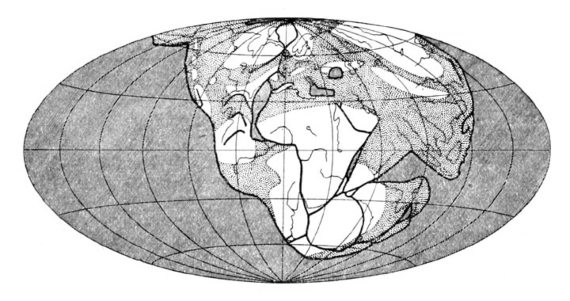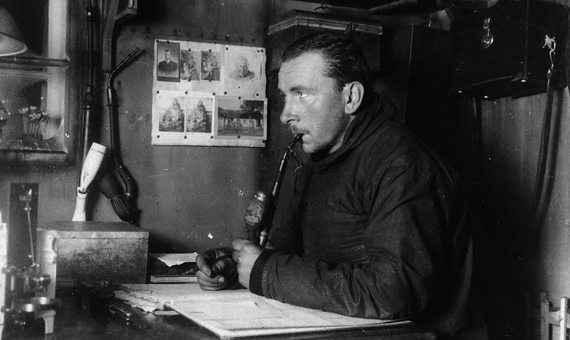If there were a “geographical forecast”, analogous to the predictions of meteorologists, it would show how over the next 100 million years the Atlantic Ocean will continue to expand, until it is much larger than the Pacific. And also how Africa will merge with Europe, with the Mediterranean disappearing and a mountain range emerging in its place to compete with the Himalayas—although Everest and its neighbouring mountains will still continue to rise. If this sounds shocking today, you should put yourself in the shoes of geologists back in 1912, who were much more troubled when a 32-year-old German meteorologist, Alfred Wegener, launched his theory of continental drift. Thanks to his hypothesis, any child today knows that the continents are slowly moving and were joined together at the time when the dinosaurs appeared.
Credit: Tech Insider
Ever since the appearance of the first world maps, many people had noticed how well Brazil fits snugly under the belly of Africa. Alfred Wegener (1 November 1880 – November 1930) looked for other connections. He found research on identical fossils on the coasts of Africa and South America, something for which geologists, convinced that the world map was immutable, had offered a more implausible explanation: land bridges that had vanished after permitting animals and plants to travel from one continent to another.
Pangea, the supercontinent
But no matter how many bridges were dreamt up, the most renowned geologists were unable to explain why in Africa there are marking of glaciers or why near the North Pole there are remains of tropical vegetation in the form of coal. For Wegener this was only possible if the current continents were once concentrated around the equator forming a supercontinent, which broke apart some 200 million years ago and which he called Pangaea. Nobody had thought of relating all these facts, but Wegener saw in them the evidence of continental drift, thanks to his interest in different sciences.

With his multidisciplinary calling, Wegener had started out as an astronomer, being correct when he stated that craters on the Moon are the work of meteorites and not of volcanoes; later, he combined meteorological studies in Greenland with his geological theories, and did not have a steady job until after the age of 40, when an Austrian University created a post for him. He was a difficult scientist to pigeonhole. And for geologists he was an outsider who dared to question the foundations of their science, so most of them rejected his ideas with the backing of figures like Einstein, who wrote the prologue to a book that ridiculed Wegener.
A puzzle of tectonic plates
It is also true that he made some blunders, calculating that Greenland was approaching North America at a rate of 1.6 km each year, and saying that the continents were moving over the seabed but without explaining why. That was like saying that a plough can move on its own and leave no furrows. Tests were done, but with the most reliable instruments of the time no movement of the continents was detected. The 1964 edition of the Encyclopedia Britannica still did not believe Wegener, but that year many geologists began siding with him, in view of new evidence. The idea took hold that the Earth’s crust is a jigsaw puzzle of plates, which move as whole pieces and not just the highest parts, the continents. This new theory—plate tectonics—also explained that earthquakes and tsunamis occur when two plates rub against one another, and that when they collide head-on, large mountain ranges are formed.

In addition, thanks to geolocation satellites, we are now able to detect that Europe and North America are moving apart, although at the same speed that a fingernail grows: two metres in a lifetime. Today we have all learned at school—or even before, in cartoons—the theory of continental drift. But Wegener died in 1930, long before his success was recognised. During an expedition in Greenland, he left the camp for supplies and was found frozen months later. He was buried there and is still there, although he is now about two metres further away from his birthplace in Berlin.
Comments on this publication